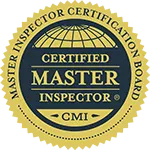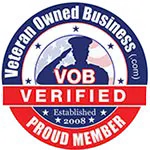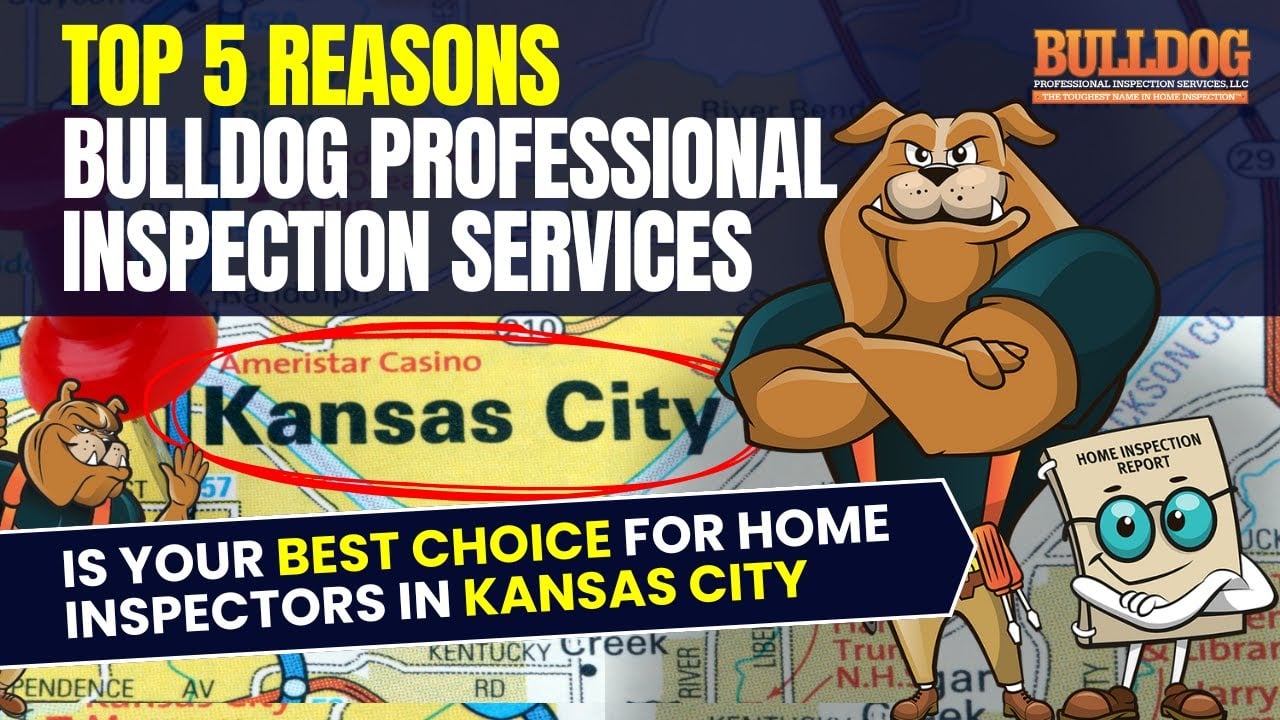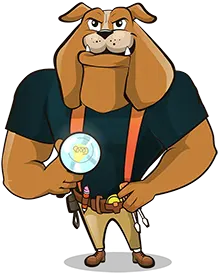Top Kansas City Home Inspector | Expert KC Area Home Inspections Done Right the First Time.

+ FREE termite inspection with every package ($85 value)
“I will never ever use a different home inspector…” – B. Abbott, Lathrop, MO.
Top-Rated KC Metro Home Inspector
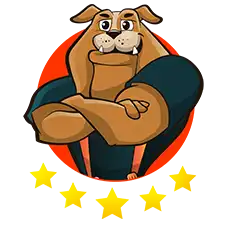
Experience
Your home will always inspected by the owner – NOT an amateur, apprentice, or employee. Steve Rodriguez is a Certified Master Inspector® who has performed over 15000 KC area property inspections since 2003.
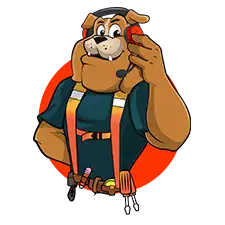
Service
You will always speak to the owner whether you call or schedule online. This means fast, friendly, honest, and direct answers straight from the source. He’ll also do his best to schedule your home inspection when it works best for you.
Dedication
Our home inspection process inspects your home right the first time while your inspection report will NOT ONLY be easy-to-read and filled with photos, it answers 11 key questions every report must ask and gets delivered the same day.

Follow-Up
You’ll get a quick phone call a few days after your home inspection to make sure you received your home inspection report as promised, answer any new questions you might have, and get your feedback on the service you received.
3 Simple Steps To Schedule Your KC Area House Inspection
Choose
Choose one of our professional home inspection services below. Just click the button, and the next page will explain the details, show you what’s included, and let you choose the packages and services that best fit your needs.
Schedule
Contact us to schedule your home inspections. If you’re up against a deadline, the sooner you let us know, the better. This gives us the best chance of performing your inspections on the day and time that works best for you.

Inspect
Try to attend your property inspection. It will uncover alot of information, and we’ll focus on the major areas when it’s over. We’ll also answer your questions and deliver your inspection report later that same day.
Our Home Inspection Prices & Packages
FULL HOME INSPECTION + TERMITE
GREAT
FULL HOME INSPECTION + TERMITE + RADON
BETTER
FULL HOME INSPECTION + TERMITE + SEWER
EVEN BETTER
FULL HOME INSPECTION + TERMITE + RADON + SEWER
BEST
5-POINT MAJOR ITEMS ONLY HOME INSPECTION
VERY GOOD
Recent Home Inspections Around The KC Metro



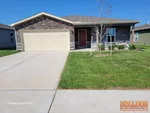








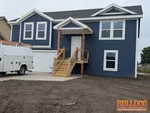
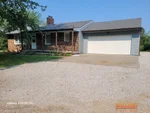


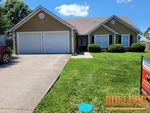
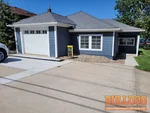
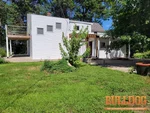

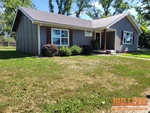
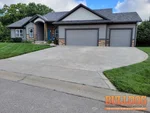
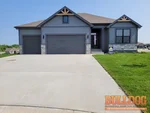
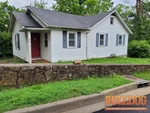
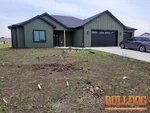
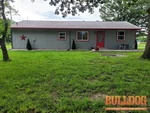
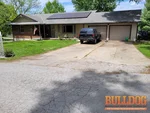


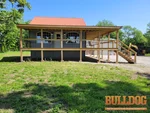
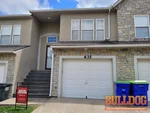
KC Area Homebuyers And Real Estate Investors
If you’re shopping for prices because you’ve been MISLED into believing all KC area home inspectors are the same, trust me when I say…
Home Inspections Are NOT Created Equal.
In fact, this next bit of advice can save you from one of the most expensive mistakes you can make when buying a home:
Do NOT hire a cheap Kansas City home inspection company.
That’s because a cheap home inspector will not only confuse you into thinking a small problem is big, but a low-priced inspector will also be the one to waste your money by scaring you away from a perfectly good home that could be great with just a little bit of work.
And because the odds of a poor or inexperienced home inspector overlooking or misunderstanding a major defect (and minor ones) is inherently high.
And because they’re the ones offering low prices.
This is how cheap home inspectors costs you time, stress, frustration, disappointment, and money.
Especially when 60% of NEW home inspectors quit within 12 months, and 80% of ALL local home inspectors do amateur work. Harsh, but true.
This means any savings you get upfront might end up costing you thousands down the road.
That’s a big gamble on a 5, 6, or 7-figure investment.
But the other 20% of inspectors have the chops to do the job right the first time.
“We ask the tough questions to dig deeper and give you the best home inspection possible.”
It’s a quality and peace of mind that ONLY comes with years of experience and dedication.
And thanks to those two things, I work my tail off to get better every year:
I DON’T do it part-time
I DON’T do it on the weekends
I DON’T do it for the money
I DON’T do it for fun
And I DON’T do it because it’s easy (it’s not)
In other words, I don’t take my work lightly.
This is how I can protect you from nasty surprises just as well as I can help you negotiate a major price drop.
It’s also why we’re not just a great home inspection company. In 2019, Bulldog also became one of its best small businesses.
You will NOT find a more honest, straightforward, and transparent Kansas City home inspector anywhere.
So, if you take your next home seriously and want to work with a real master home inspector who knows exactly how to find – and explain – the issues that matter MOST, contact us now.
Because the moral of the story? You get what you pay for.
Meet Your Certified Home Inspector – Steve Rodriguez

Steve Rodriguez, CMI®
Award-winning Kansas City home inspector Steve Rodriguez explains the Bulldog difference:
“Great home inspections do more than just check for problems. It’s also about communicating those problems in a way YOU understand.
And not just today. Your inspection report should be easy to understand for years to come.”
Featured KC Area Home Inspection
This home in Raymore was right up our alley (literally).
Even though the buyers were purchasing the property as-is, they still ordered the full home inspection, termite inspection, radon test, and sewer scope inspection.
Unfortunately, it uncovered some pretty serious structural movement that was just as mysterious as it was significant.
When it was over, these buyers walked away – but not until everyone learned a few things. Here are the photos from the inspection report:

click below to see the photos
Gallery of Local House Inspections
Free Gifts With Every Full Inspection Package

Building Materials Lifespan – New for 2025
From adhesives to swimming pools. Find out how long 300+ materials inside your home last so you’re never off guard. – $17.99 value

Cost Estimates Guide – New for 2025
From sod to septic systems. Get a head start on how much maintenance items cost so you’re not taken to the bank when it breaks. – $19.99 value

Home Maintenance for Dummies – 2nd Ed.
You’re no dummy, but you might be a little cuckoo if you don’t crack this open when it’s time to make fix those things around the house. – $17 value
Kansas City Home Inspection FAQs
Our full home inspection covers 2000 items in the average home and revolves around these 5 areas:
- Roof – Shingles, flashing, drainage, and structural integrity.
- Foundation & Structure – Cracks, settling, and moisture issues.
- Electrical System – Panel, wiring, outlets, and safety hazards.
- Plumbing – Leaks, water pressure, and drain function.
- HVAC System – Heating, cooling, and ductwork efficiency.
Every full inspection package also includes a free state-certified termite inspection. Understanding what’s included helps homeowners and home buyers plan for repairs and maintenance.
Home inspection prices in the Kansas City Metro vary based on home size and additional services. Below is a breakdown:
| Inspection Type | Starting Price | Duration |
|---|---|---|
| Full Home Inspection (< 1,499 sq. ft.) | $445 | 2-2.5 hrs. |
| Radon Testing | $125 | 48 hrs. |
| Sewer Scope Inspection | $205 | 1 hr. |
| Termite Inspection | Free | Included with every inspection bundle |
Beware: Avoid choosing your home inspector solely based on price. Good home inspectors aren’t cheap, and cheap home inspectors aren’t good. Always make sure you understand how much experience they have, the limitations of the inspection, and what’s included before making your final decision to avoid unmet expectations and disappointment when it’s over.
Most home inspections take 2 to 3 hours, depending on the property size and condition. Larger homes or inspections requiring additional services (radon, termite, sewer scope) may take longer.
Allowing for this time ensures you receive a thorough inspection without rushing through critical details.
No, home inspections in Kansas City, MO do not have a pass/fail rating. Instead, the inspector reports on the home’s condition, including any defects or safety concerns, so buyers and sellers can decide if the home is a good investment.
A detailed inspection report is a key piece in the process. Buyers and sellers use this report as a tool to negotiate repairs.
Home inspections are not legally required in Kansas City and surrounding areas, but they are highly recommended to identify potential issues before you purchase. Some lenders may require an inspection for FHA, VA, or USDA loans.
Knowing the condition of a home before purchasing provides peace of mind and greatly reduces the chance of unexpected repairs after you move in.
Some of the most common issues found in KC Metro home inspections include:
- Roof damage – Missing shingles, leaks, poor drainage.
- Foundation problems – Cracks, settling, water intrusion.
- Electrical hazards – Outdated wiring, overloaded panels.
- Plumbing leaks – Corroded pipes, water heater issues.
- HVAC inefficiency – Dirty filters, failing components.
Finding these common problems early allows homeowners to address them during negotiations before it’s too late.
Yes, it’s highly encouraged to attend your home inspection. It allows you to:
- See potential issues firsthand.
- Ask the inspector questions in real time.
- Hear the explanations, which help you understand the inspection report.
Being present at your inspection ensures you fully understand the home’s condition and better understand the inspection report later.
-
Bulldog Inspections on Google
-
Top 5 Reasons Bulldog Is Your Best Choice For Home Inspectors (Video)
-
Top 5 Reasons Bulldog Is Your Best Choice For Home Inspectors (Audio)
-
Bulldog Inspections Customer Testimonial (Video)
-
Bulldog Inspections Customer Testimonial (Audio)
-
Bulldog Inspections 2019 25-Under-25 Award
Bulldog Professional Inspection Services
1228 Kingsland Cir, Raymore, MO 64083
(816) 564-3081
RGMH+PW Raymore, Missouri
38.83426230, -94.47015900





